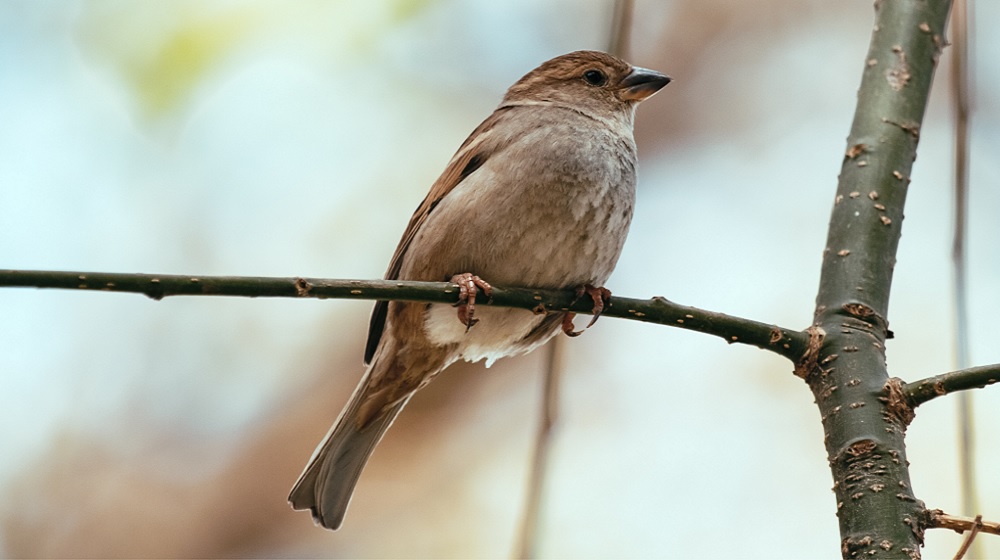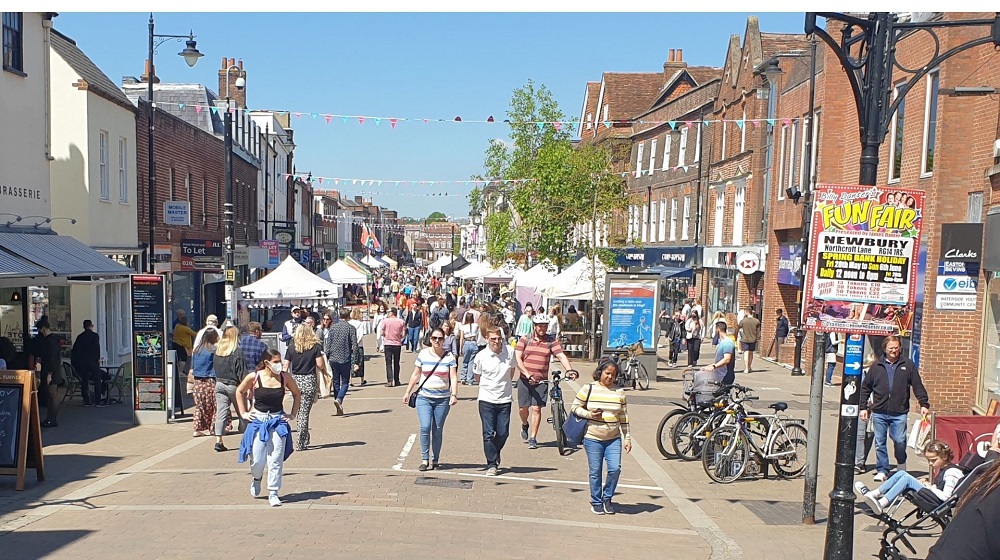Local ground nesting birds increase
Numbers of breeding birds are on the increase in West Berkshire – including the rare nightjar.
The number of territories on Greenham and Crookham Common have increased for woodlark, Dartford warbler, nightingale, stonechat and meadow pipit.
Numbers of lapwing and little ringed plover have remained stable. But the number of skylark and linnet territories have fallen compared to last year.
Results from the nightjar surveys indicate a probable increase of birds at Greenham and Crookham Commons.
Wardens from Berkshire, Buckinghamshire and Oxfordshire Wildlife Trust (BBOWT) said good numbers of nightjar were heard and seen, with all survey sites recording evidence of nightjar activity on at least one of the survey evenings.
They estimate there are around 22 of the birds.
“Historically, the south western heaths at Greenham (Sandleford, Brackenhurst and Aldernbridge) have been the sites with the most nightjar activity recorded,” says the report.
“However, in 2022 many sites recorded as much activity as these south western heaths and in some cases even more.
“This increase in nightjar distribution further highlights the success of the ground nesting bird control measures and further emphasises the important role the seasonal wardens play in helping manage the site.
“There was also plenty of activity recorded at all three survey sites at Snelsmore which is very encouraging as nightjar was absent at Snelsmore Common as recently as 2018.
“Surveyors at Newtown Common recorded activity on all three survey evenings. A family of nightjar – two adults and a juvenile – was also seen on the 16th July suggesting at least two nesting attempts on Newtown Common, one of which was confirmed to be successful.”
A report from BBOWT to West Berkshire Council’s executive committee also says that fewer people visited Greenham and Crookham Common than in either 2020 or 2021.
This decline in visitor numbers can be seen across the three main entrances to the common (Control Tower, Pyle Hill, Crookham Pools), but more people are visiting during the weekend than the week.
The majority of visitors to the common are now using the site to walk their dogs.
This is further confirmed in the visitor survey data where 70 per cent of this year’s respondents stated their main activity as “dog walking” compared to 56 per cent last year.




